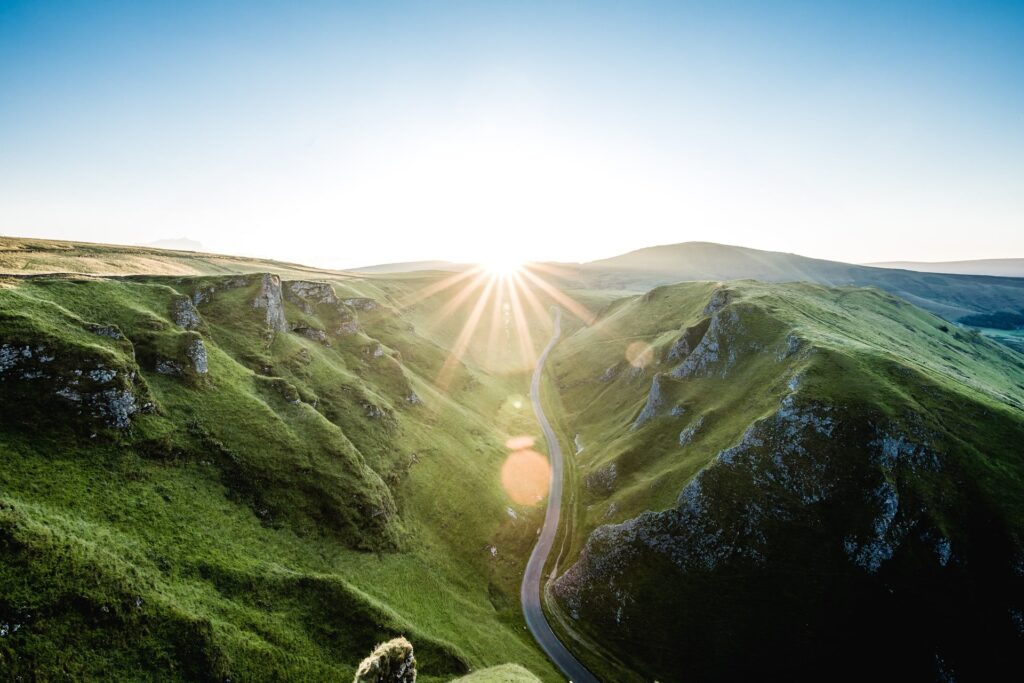
Introduction
National parks are not only breathtaking landscapes but also symbols of our commitment to preserving the natural wonders of our planet. These protected areas showcase the beauty of nature while serving as vital conservation sites. In this article, Marty Nothsteinwill explore the conservation efforts behind national parks and highlight some must-visit destinations for nature enthusiasts.
1: Conservation in National Parks
Conservation lies at the core of national parks. These protected areas are managed to preserve ecosystems, protect wildlife, and maintain the integrity of natural landscapes. Conservation efforts in national parks include habitat restoration, wildlife management, and the establishment of regulations to minimize human impact. Additionally, research and educational programs are conducted to increase our understanding of the environment and promote sustainable practices.
2: Iconic National Parks
- Yellowstone National Park: Known as the first national park in the world, Yellowstone is a true gem. Its geothermal features, including the iconic Old Faithful geyser, captivate visitors. The park is also home to diverse wildlife, such as bears, wolves, and herds of bison.
- Yosemite National Park: Located in California, Yosemite is famous for its towering granite cliffs, impressive waterfalls, and ancient sequoia trees. Hiking trails, rock climbing opportunities, and the picturesque Yosemite Valley attract millions of visitors each year.
- Grand Canyon National Park: The Grand Canyon is a geological wonder, carved by the Colorado River over millions of years. Its immense size and breathtaking vistas make it a must-visit destination for nature enthusiasts. Hiking, rafting, and helicopter tours offer unique perspectives of this natural wonder.
- Zion National Park: Situated in Utah, Zion National Park showcases stunning red rock formations, deep canyons, and the picturesque Zion Canyon. Hiking trails, such as Angel’s Landing and The Narrows, provide unforgettable adventures amidst dramatic landscapes.
- Great Smoky Mountains National Park: Straddling the border between Tennessee and North Carolina, the Great Smoky Mountains is renowned for its rich biodiversity and scenic beauty. Visitors can enjoy hiking, wildlife spotting, and panoramic views of misty mountains.
3: Sustainable Tourism in National Parks
To ensure the long-term preservation of national parks, sustainable tourism practices are crucial. Visitors can contribute by following park regulations, staying on designated trails, and avoiding littering. Opt for eco-friendly transportation options when exploring the parks and support local businesses that promote sustainable practices. By being responsible and respectful visitors, we can enjoy the parks while minimizing our ecological impact.
4: Supporting National Park Conservation
Preserving national parks requires ongoing support and advocacy. Consider volunteering for conservation projects or participating in organized clean-up efforts. Donations to national park foundations and nonprofit organizations dedicated to park conservation can make a significant impact. Additionally, educating others about the importance of national park conservation and inspiring a sense of stewardship can help raise awareness and ensure the protection of these invaluable natural treasures.
Conclusion
Exploring national parks allows us to connect with the awe-inspiring beauty of nature while recognizing the importance of conservation efforts. From iconic parks like Yellowstone and Yosemite to the majestic Grand Canyon and the serene Great Smoky Mountains, national parks offer diverse and unforgettable experiences. By practicing sustainable tourism and supporting conservation initiatives, we can contribute to the preservation of these natural wonders for future generations. Let us cherish and protect these national treasures as a testament to our commitment to conservation and the enduring beauty of our planet.